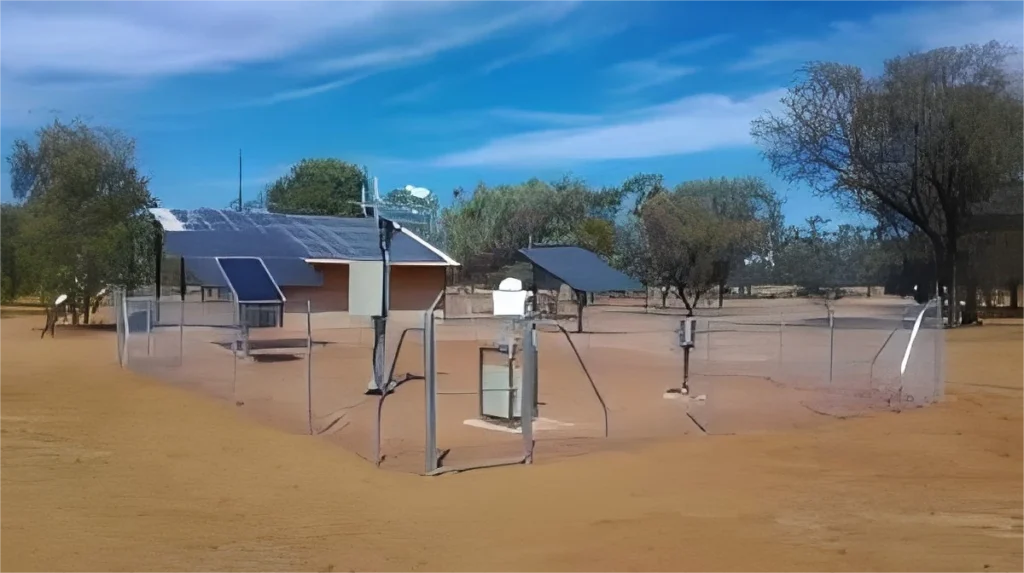
# Disadvantages of Automatic Weather Stations
Introduction
Automatic Weather Stations (AWS) have become increasingly popular in recent years due to their ability to provide real-time weather data with minimal human intervention. While they offer numerous advantages, it’s important to recognize that these systems also come with certain limitations and drawbacks that users should be aware of.
1. High Initial Cost
One of the primary disadvantages of automatic weather stations is their significant upfront cost. These systems require specialized equipment including sensors, data loggers, and communication devices, all of which can be expensive to purchase and install. For organizations with limited budgets, this initial investment can be prohibitive.
2. Maintenance Requirements
While AWS reduce the need for manual observations, they still require regular maintenance to ensure accurate readings. Sensors need periodic calibration, batteries require replacement, and equipment may need cleaning to prevent debris from affecting measurements. In remote locations, this maintenance can be particularly challenging and costly.
3. Vulnerability to Environmental Factors
Automatic weather stations are exposed to the elements they’re measuring, making them susceptible to damage from extreme weather conditions. High winds can topple towers, lightning can damage electronics, and heavy snow or ice accumulation can impair sensor function. These vulnerabilities can lead to data gaps or complete system failures.
4. Limited Sensor Lifespan
The various sensors in an AWS have finite lifespans and may degrade over time, especially when exposed to harsh environmental conditions. This degradation can lead to inaccurate measurements if not detected and addressed promptly. Regular sensor replacement adds to the long-term cost of operating these systems.
5. Power Supply Challenges
Many automatic weather stations rely on batteries or solar power, which can be unreliable in certain conditions. Extended periods of cloudy weather can drain solar-powered systems, while battery-powered stations may fail in extremely cold temperatures. These power issues can result in data loss during critical weather events.
6. Data Quality Concerns
Without human oversight, AWS may continue reporting erroneous data if sensors malfunction or become obstructed. Unlike manual stations where observers can identify and correct obvious errors, automatic systems may propagate bad data until maintenance personnel discover and fix the problem.
7. Limited Measurement Capabilities
While AWS can measure standard parameters like temperature, humidity, and wind speed, they often struggle with more complex observations that require human judgment, such as cloud type identification or visual estimates of visibility. This limitation makes them less suitable for certain meteorological applications.
8. Communication and Data Transmission Issues
Remote AWS rely on wireless communication to transmit data, which can be interrupted by terrain, distance, or interference. In areas with poor network coverage, data may be delayed or lost entirely. Additionally, communication equipment adds to both the initial cost and maintenance requirements of the system.
9. Cybersecurity Vulnerabilities
As more AWS become connected to networks and the internet, they become potential targets for cyber attacks. Hackers could potentially manipulate weather data or disable stations, creating safety risks for operations that rely on accurate weather information.
10. Reduced Human Expertise
The automation of weather observations may lead to a decline in human meteorological expertise over time. As fewer professionals engage in manual observations, institutional knowledge about weather patterns and phenomena may be lost, potentially affecting the quality of weather forecasting and analysis.
Conclusion
While automatic weather stations offer many benefits in terms of efficiency and continuous data collection, they are not without their drawbacks. Potential users should carefully consider these disadvantages when deciding whether to implement an AWS system.
